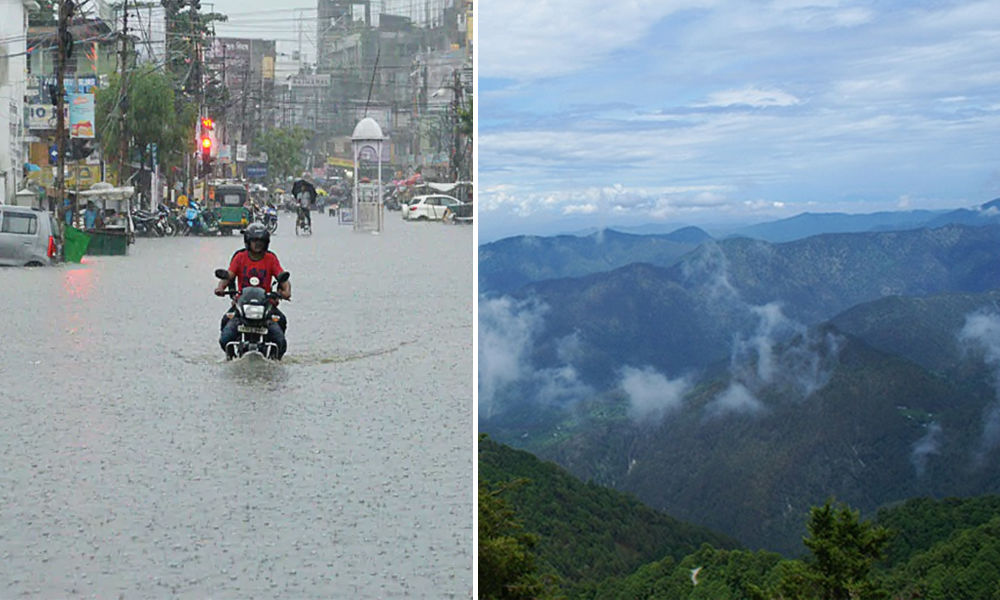India will witness warmer days and nights, and heavy rainfall leading to floods till the end of the 21st century, said the first-ever climate change assessment report by the Indian government.
The report Assessment of Climate Change over the Indian Region prepared by the Union Ministry of Earth Sciences (MoES) said that India’s average temperature has already increased by around 0.7 degree Celsius during the 1901–2018 period. The country’s average temperatures are expected to rise approximately by 4.4 degree Celsius by the end of the year 2100.
Compared to the 1976–2005 baseline period, ‘the frequency of summer (April–June) heat waves over India is projected to be 3 to 4 times higher by the end of the twenty-first century.’
‘The average duration of heat wave events is also projected to approximately double, but with a substantial spread among models,’ the report said.
The report warned that the ‘rapid changes in India’s climate projected by climate models will place increasing stress on the country’s natural ecosystems, agricultural output, and freshwater resources, while also causing escalating damage to infrastructure.’ This means a serious impact on ‘country’s biodiversity, food, water and energy security, and public health.’
The study was carried out by climate experts at India Meteorological Department (IMD) and Indian Institute of Tropical Meteorology (IITM). It considered atmospheric and ocean data for the period between 1951 and 2015.
While the country’s annual all-India rainfall during this period showcased a declining trend, the number of heavy rainfall days and events went up. The rainfall caused heavy flooding resulting in loss of life, property and livelihoods.
The report stated that the summer monsoon precipitation (June to September) over the country has declined by around six percent from 1951 to 2015, with notable decreases over the Indo-Gangetic Plains and the Western Ghats.
‘An increase in anthropogenic activities over the northern hemisphere could have played some role for this declining rainfall,’ the report said.
Furthermore, the report stated that India has witnessed a rise in sea levels and an increase in the intensity of severe cyclones during this period.
The report warned that ‘the country’s food security may be placed under progressively greater pressure due to rising temperatures, heat extremes, floods, droughts and increasing year-to-year rainfall variability that can disrupt rain-fed agricultural food production and adversely impact crop yield.’
Also Read: Deforestation, Wildlife Trade Led To Emergence Of Zoonotic Diseases: WWF Report










